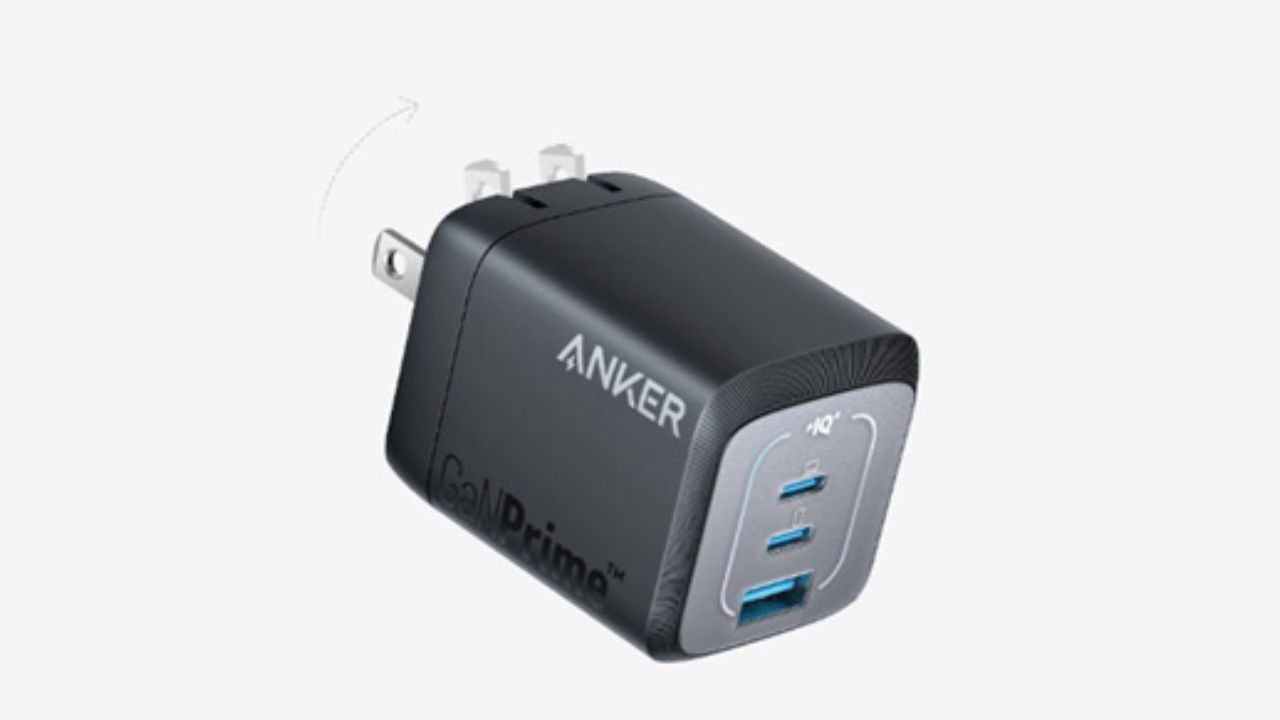Choosing the right phone charger is often more confusing than it should be. Many people simply grab the nearest charger or borrow one from a friend, only to find that their phone charges painfully slowly or gets unusually warm. The truth is that not all chargers are created equal, and understanding a few key details can save you a lot of frustration. With so many new charging technologies available today, knowing how to match the right charger to your device is becoming an essential everyday skill. In this article, we will break down the most important things to consider when choosing a phone charger so that you can make a confident, safe, and practical decision.
Understand Your Device’s Charging Capabilities
How to Find Your Phone’s Max Charging Speed
Before you can choose the right charger, it helps to know what your phone can actually handle. Most modern smartphones support fast charging, but the maximum speed differs from one device to another. For example, some phones may be capped at a certain level of wattage, meaning that buying a higher-powered charger won’t make them charge any faster. The easiest way to find this information is usually in your phone’s settings or user manual, but even without looking it up, you can observe real-life behavior. If your phone seems to stop gaining charge speed beyond a certain point, that’s a sign of its limit. Knowing this maximum speed keeps you from overspending on chargers that your phone cannot take advantage of, while also ensuring you don’t underpower it with a weaker option.
The Difference Between USB-C Power Delivery and Other Standards
Another key factor is understanding the charging standard your device supports. USB-C Power Delivery, often called USB-C PD, is one of the most common and reliable fast-charging technologies today. It allows your phone and charger to “talk” to each other, negotiating the fastest safe speed. Some older or lower-cost devices may rely on different standards, which can result in slower charging if paired with the wrong charger. For everyday users, the takeaway is simple: a charger that supports USB-C PD usually provides more compatibility across devices, making it a more future-proof option. This means you can use one charger for multiple devices at home, work, or travel, without worrying about mismatched speeds.
Key Charger Specifications to Evaluate
Why Wattage (W) and Voltage (V) Are Critical
When looking at a charger, you’ll often see numbers for wattage (W) and voltage (V). Wattage refers to the total power a charger can deliver, while voltage determines the “push” of the current. In everyday terms, higher wattage usually means faster charging—provided your phone supports it. But what’s just as important is that a good charger can adapt to different needs. For example, the same charger might charge a smartphone at one speed but handle a tablet or laptop at another, adjusting automatically. This flexibility is what makes a high-quality charger stand out. It reduces the clutter of owning multiple chargers and gives you peace of mind that your devices will be powered efficiently and safely.
The Advantage of GaN Technology for Size and Efficiency
One of the newer innovations in chargers is GaN, short for Gallium Nitride. Unlike traditional silicon-based chargers, GaN chargers can handle high power without getting as hot or bulky. This means you can get a smaller, lighter charger that still delivers strong performance. For everyday life, this is especially useful when you’re traveling or trying to save space in your bag. A GaN charger also tends to waste less energy as heat, making it more efficient and safer in long-term use. Even if you don’t follow every technical detail, you’ll likely notice the difference in how convenient and reliable a GaN-based charger feels compared to older designs.

Prioritizing Safety and Reliability
While speed and convenience matter, safety should always come first when choosing a charger. Reputable chargers usually carry safety certifications such as UL or ETL, which indicate they have passed independent testing for electrical safety. For everyday consumers, this means a lower risk of overheating, short-circuiting, or damaging your phone’s battery. These certifications might be small logos on the charger, but they represent a big difference in peace of mind. Just like you would not trust an unknown medicine without proper approval, it makes sense to avoid uncertified chargers that could cause harm over time.
Portability and Additional Features to Consider
Beyond safety and charging speed, convenience features can make a charger more useful in daily life. For instance, some chargers have multiple ports, allowing you to charge your phone, tablet, and earbuds all at once. Others are designed to be extra compact, folding neatly into a pocket or travel bag. If you spend time working in cafes, airports, or shared spaces, portability becomes a huge benefit. Another practical consideration is cable compatibility. A good charger pairs well with a high-quality cable, ensuring consistent performance over time. When you think about how often you reach for your charger during the day—by your bed, at your desk, in your car—it makes sense to choose one that fits comfortably into your routine.
Conclusion
Choosing the best phone charger doesn’t have to be complicated. By understanding your device’s charging capabilities, checking important specifications like wattage and voltage, recognizing the advantages of newer technologies like GaN, and prioritizing safety, you can make a choice that serves you well every day. A good charger should feel like a reliable companion, quietly powering your phone without causing delays or worries. And if you are considering purchasing a phone charger, Anker’s products are an excellent option, offering multiple models to suit different charging needs while maintaining safety and reliability.
You May Also Read: How to Fix a Phone That Won’t Charge: Simple Steps











